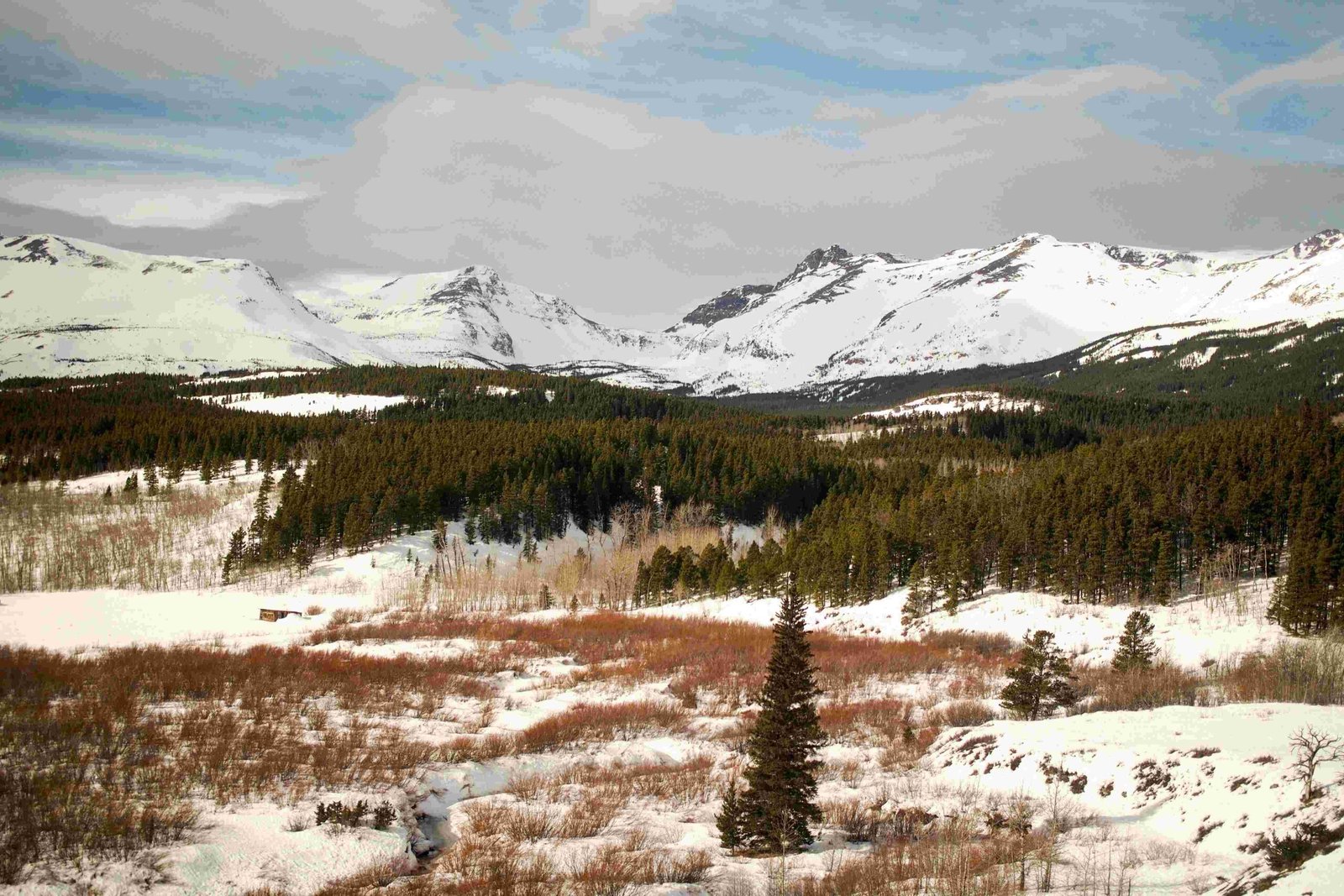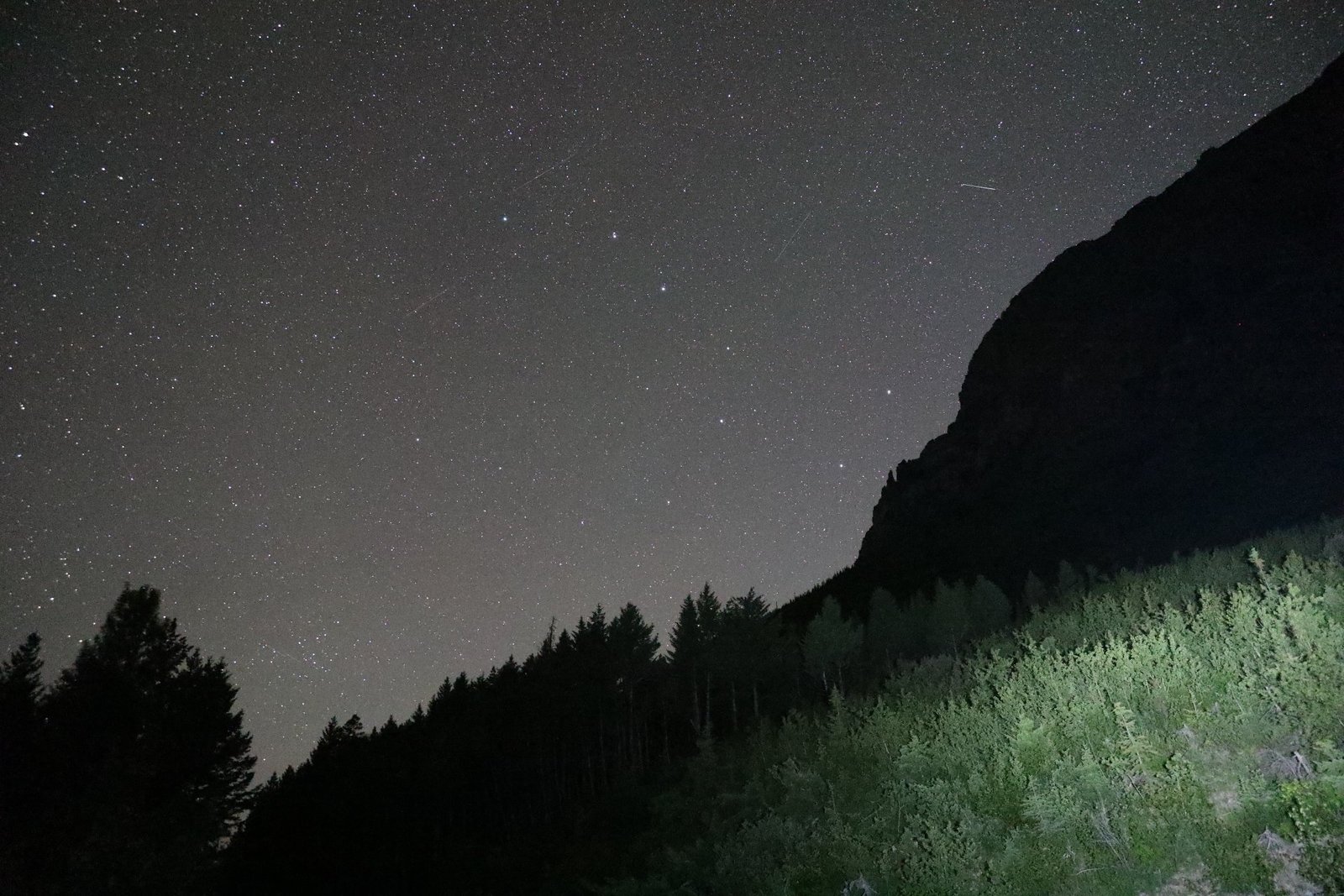The pebbles of Montana’s Lake McDonald in Glacier National Park are a geological marvel, showcasing a vibrant palette of colors and diverse mineral compositions. These smooth, water-worn stones tell a story of ancient sedimentary formations, glacial activity, and the park’s unique geological history. Visitors to the lake’s shores are treated to a natural mosaic of red, green, blue, and purple pebbles, each hue reflecting the specific conditions under which the rocks formed millions of years ago.
What Makes Lake McDonald’s Pebbles Unique?

Lake McDonald’s pebbles stand out for several reasons:
- Diverse mineral composition
- Vibrant color variations
- Smooth, polished surfaces
- Ancient geological origins
These characteristics make the pebbles a focal point for visitors and geologists alike, offering insights into the park’s rich geological history.
What is the Geological Origin of Lake McDonald’s Pebbles?

The pebbles found at Lake McDonald primarily originate from the Belt Supergroup, a vast collection of sedimentary and metamorphic rocks that formed over a billion years ago. This ancient rock formation underwent significant changes over time, resulting in the diverse array of pebbles we see today.
Key points about the geological origin:
- The Belt Supergroup formed from ancient sediments compressed over millions of years
- Rocks include quartzite, argillite, mudstone, limestone, and dolomite
- Glacial activity and water erosion shaped and transported the rocks
- No naturally occurring granite exists in Glacier National Park
How Do the Pebbles Get Their Vibrant Colors?
The striking colors of Lake McDonald’s pebbles are a result of their mineral composition and the conditions under which they formed. Here’s a breakdown of the color origins:
| Color | Origin |
|---|---|
| Red/Purple | Iron oxidation in shallow ocean environments exposed to air |
| Green/Blue | Iron bonding with silica to form chlorite in deeper water environments without oxygen |
| Dark Colors | Heat and pressure alteration, especially in pebbles at the upper end of Lake McDonald |
The presence of iron-bearing minerals plays a crucial role in the coloration process. When exposed to different environmental conditions, these minerals undergo chemical changes that result in the vibrant hues we observe.
What Can the Pebbles Tell Us About Ancient Environments?
The pebbles of Lake McDonald serve as geological time capsules, preserving evidence of ancient environments:
- Sedimentary Features: Some pebbles retain ancient mud cracks, ripples, and layers, indicative of their formation in tidal mud flats or sea floors.
- Water Depth Indicators: The color variations can indicate the depth of water in which the original sediments formed.
- Geological Processes: The smooth texture of the pebbles demonstrates the long-term effects of water erosion and glacial activity.
By studying these features, geologists can reconstruct the environmental conditions that existed in the area millions of years ago.
How Have Glaciers Influenced the Pebbles?
Glaciers have played a significant role in shaping the pebbles of Lake McDonald:
- Transportation: Glaciers transported rocks and sediments from various parts of the region, contributing to the diversity of pebble types found at the lake.
- Erosion: The grinding action of glaciers helped break down larger rocks into smaller fragments.
- Polishing: As glaciers moved, they smoothed and polished the rock fragments, contributing to the pebbles’ characteristic smoothness.
- Deposition: When glaciers retreated, they deposited the transported rocks and sediments, forming the basis of Lake McDonald’s pebble beaches.
What Seasonal Changes Affect the Pebbles and Their Visibility?
Seasonal variations can significantly impact the appearance and accessibility of Lake McDonald’s pebbles:
- Spring and Early Summer:
- Increased water levels due to melting snow and ice
- Enhanced erosion patterns
-
Potential for new sediment deposits
-
Late Summer and Fall:
- Lower water levels may expose more of the shoreline
-
Better visibility and accessibility of pebbles
-
Winter:
- Ice formation may cover pebbles
- Reduced accessibility due to snow and ice
These seasonal changes can alter the shoreline’s appearance and the visibility of the pebbles, offering visitors different experiences throughout the year.
How Can Visitors Best Experience Lake McDonald’s Pebbles?
To fully appreciate the pebbles of Lake McDonald, visitors should:
- Visit during low water periods for better visibility and access
- Bring a small magnifying glass to observe mineral details
- Take photographs in natural light to capture true colors
- Respect park rules and avoid removing pebbles as souvenirs
- Learn about the geological history to enhance the experience
Remember that removing pebbles or other natural objects from the park is prohibited and can harm the ecosystem.
What Conservation Efforts Protect Lake McDonald’s Pebbles?
Glacier National Park implements several measures to protect the pebbles and overall ecosystem of Lake McDonald:
- Strict regulations against removing natural objects
- Educational programs about geological and ecological importance
- Controlled access to sensitive shoreline areas
- Monitoring of water quality and erosion patterns
- Collaboration with geologists for ongoing research and preservation
These efforts ensure that future generations can continue to enjoy and learn from this unique geological feature.
Conclusion
The pebbles of Montana’s Lake McDonald in Glacier National Park offer a fascinating glimpse into the region’s geological past. Their diverse colors, smooth textures, and ancient origins make them a captivating natural attraction. As visitors admire these colorful stones, they’re not just seeing pretty rocks – they’re witnessing the result of millions of years of geological processes. The pebbles serve as a reminder of the dynamic forces that have shaped our planet and continue to do so today.
By understanding and appreciating the significance of these pebbles, we can better grasp the importance of preserving natural wonders like Glacier National Park. The next time you visit Lake McDonald, take a moment to marvel at the small, colorful stones beneath your feet – each one tells a story of Earth’s incredible history.
References:
1. https://www.nps.gov/glac/learn/nature/geologicformations.htm
2. https://www.amusingplanet.com/2016/06/the-colored-pebbles-of-lake-mcdonald.html
3. https://www.tripadvisor.com/ShowTopic-g143026-i1168-k13417591-Shores_of_Lake_McDonald_with_multicolored_lake_rocks-Glacier_National_Park_Montana.html